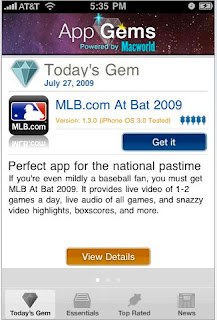
“There is a certain shroud of mystery surrounding exactly how App Stores work, with the various players involved guarding most of their cards close to their chest. And while there may have been 3 billion reported downloads from Apple's iTunes store, it is anyone's guess how many of the apps downloaded were later removed from the device.
First, the bad news: getting your consumer to discover or find your app within an App Store is difficult. The iTunes Store is a case in point: with over 140,000 apps available in over 30 individual country stores, finding an app you don't know the name of is extremely difficult.
Now, the good news! You can significantly increase the odds of becoming a popular app by understanding the dynamics of how App Stores work.
A good 'discoverability' strategy will consider the following:
- App Rankings
- App Reviews
- App Analytics
- App Discoverability Services
Why are rankings important? The simple answer is, the better the ranking, the greater the downloads your app will receive, as it gives your app greater exposure.”